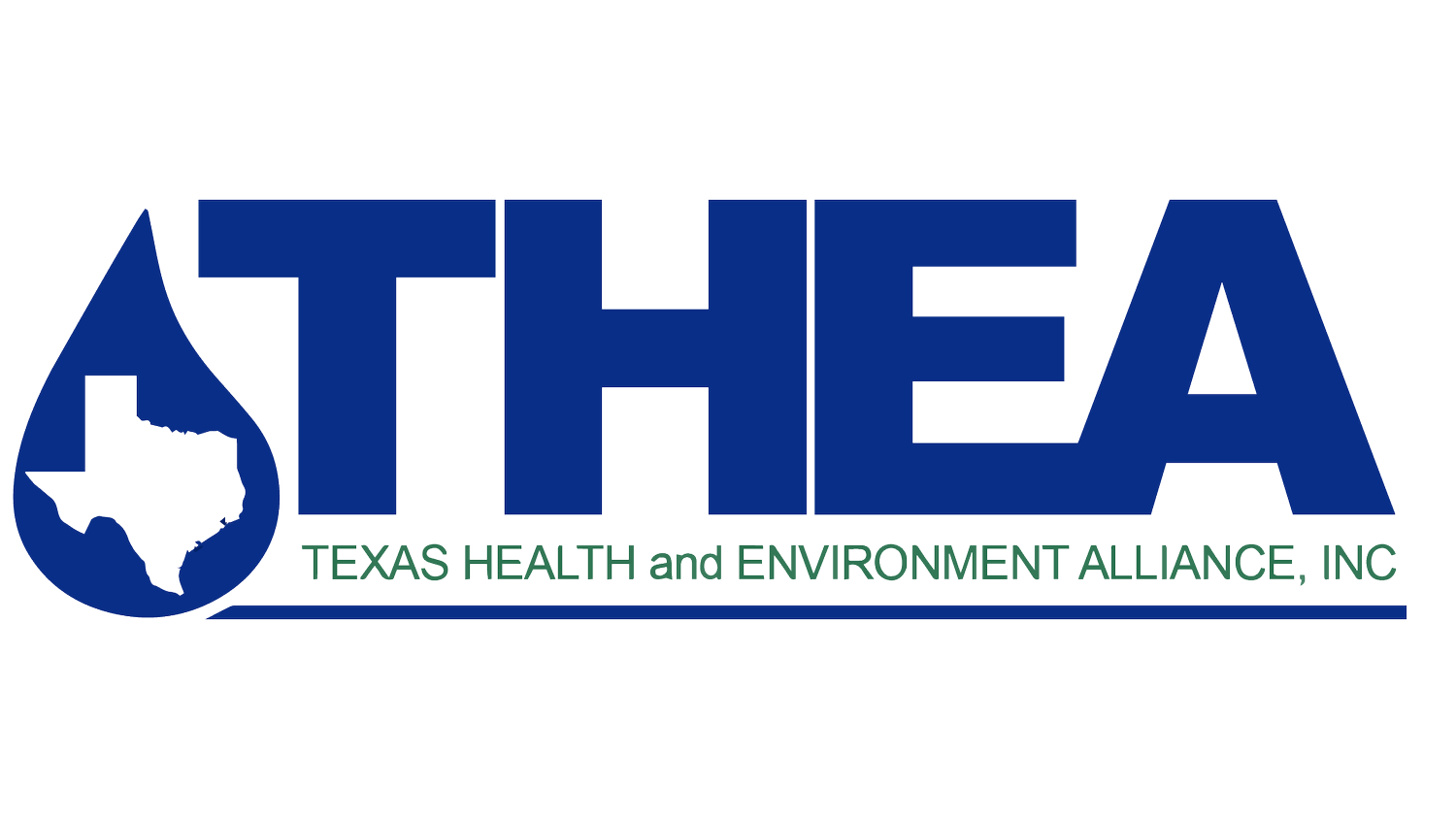Investigative Report Focuses on San Jac Cancer Cluster
At THEA’s request, the state reviewed cancer cases along the San Jacinto River in East Harris County last year. The findings were astounding - the state analysis found that a 257 square mile area was a cancer cluster. However, the study was also disappointing - officials would not disclose the data for smaller areas which would have determined whether there were pockets of specific cancers in individual communities, for instance, in the neighborhoods closest to the Superfund sites along the river.
Now, a joint reporting project by Public Health Watch and Univision focuses a new light on the problem. For example, it quotes one epidemiologist who was critical of the state’s decision to limit the information that was released:
“It doesn’t make any sense at all,” said Kyle Steenland, a professor in the departments of environmental health and epidemiology at Emory University. “This [new] study found a threefold excess of leukemia [across all] 65 census tracts. It’s shocking — more than 300 cases of leukemia when the state was expecting 100. This is either a systematic error, or the entire state of Texas should be mobilized to find out why this is true.”
The report done by Univision was particularly impactful because of the interviews with local residents who have lived near the San Jacinto River Waste Pits Superfund Site.


